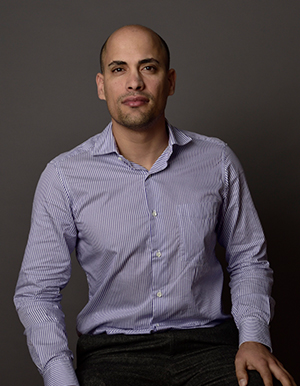Tiago N. Cordeiro Lab

 |
The Dynamic Structural Biology Lab (DSBL) excels at elucidating molecular-level biological processes relevant to health and biotechnology, focusing on understanding the structural and dynamic aspects of disordered and multidomain proteins, chaperones, and enzymes. |
|
Tiago N. Cordeiro Phone (+351) 214469313 | Extension 1313 |
|
 |
Research Interests
The lab's research spans multiple major areas, including Signalling and Host-Pathogen interactions, Disordered proteins, phase separation, and Dynamics in Enzyme Catalysis.
One of DSBL's key strengths lies in its technical expertise, particularly in Nuclear Magnetic Resonance (NMR), Small-Angle X-ray Scattering (SAXS), and computational modelling techniques. These capabilities enable the lab to probe biomolecules' structure, dynamics, and interactions with high resolution and detail, yielding valuable insights into their functional roles and mechanisms of action.
In Signalling and Host-Pathogen Interactions, DSBL investigates the regulation and manipulation of signalling pathways during host-pathogen interactions. It aims to identify potential therapeutic targets for combating infectious diseases. By characterising dynamic interactions between host and pathogen molecules, DSBL contributes to understanding disease mechanisms and developing new treatments.
The lab's research on Disordered proteins and phase separation explores the roles of intrinsically disordered proteins (IDPs) and biomolecular condensates in cellular processes and disease. Understanding IDPs' structural and dynamic properties and their interactions with other biomolecules is crucial for deciphering their functional roles and exploring their potential as drug targets.
Additionally, DSBL investigates Dynamics in Enzyme Catalysis, focusing on enzymes' dynamic behaviour and enzyme-substrate binding. By combining experimental and computational approaches, researchers gain insights into how enzyme structure and dynamics influence catalytic activity, facilitating the design of novel enzyme-based biocatalysts for various biotechnological applications.
Overall, DSBL's multidisciplinary approach and technical expertise position it at the forefront of integrative structural biology research. By uncovering structural and dynamic principles underlying biological processes, the lab contributes to advances in fundamental understanding and practical applications in health and biotechnology.
Group Members
- Tiago Gomes, PhD Holder
- Marco Saraiva, PhD Holder
- Maria Martins, PhD Student
- Nacho Amusategui, BI fellow
- Nuno Fernandes, MsC Student
- José Quintal, MsC Student
Selected Publications
-
Vieira, M.F.M., Hernandez, G., Zhong, Q. et al. (2024). The pathogen-encoded signalling receptor Tir exploits host-like intrinsic disorder for infection. Commun Biol 7, 179
-
Brissos, V. et al. (2022) Distal Mutations Shape Substrate-Binding Sites during Evolution of a Metallo-Oxidase into a Laccase. ACS Catalysis 12(9), 5022-5035
-
Gomes, T. et al. (2021) Conformational landscape of multidomain SMAD proteins". Computational and Structural Biotechnology Journal 19, 5210-5224.
Laboratory's Website
For further information please visit the laboratory's website
Biologia Estrutural Dinâmica (PT)
O Laboratório de Biologia Estrutural Dinâmica é reconhecido pela sua investigação inovadora sobre processos biológicos a nível molecular. Com uma abordagem multidisciplinar, investiga interações entre hospedeiro e patogénio, o papel das proteínas desordenadas, a formação de "biomolecular condensates" e os mecanismos de catálise enzimática. Utilizando técnicas avançadas como RMN, SAXS e modelação computacional, o laboratório procura compreender em detalhe as estruturas e dinâmicas das moléculas biológicas, contribuindo assim para avanços na compreensão fundamental da vida e no desenvolvimento de aplicações práticas em saúde e biotecnologia.







